Now that I’ve moved and have my own yard and garden again, I can’t wait to establish a foxglove patch in my front yard.
Not only are these pretty flowers deer resistant, which is necessary for keeping any plants alive in my neighborhood, but they provide a pollinator haven as well.
And, once one or two plants bloom, there’s no telling how far I can expand the patch – because foxgloves are not stingy when it comes to seed production.

We link to vendors to help you find relevant products. If you buy from one of our links, we may earn a commission.
If you have these plants in your garden, it doesn’t take much effort at all to save a lot in no time. And I’ll bet your friends and neighbors wouldn’t mind receiving a few of the extras.
If you’re wondering how to go about saving your homegrown foxglove seeds, we’ve got you covered. Here’s everything we’ll talk about in this guide:
What You’ll Learn
Foxglove Pollination
With flowers wide enough to fit your finger inside, foxgloves present the perfect place for bumblebees to forage.
Various types of bees and other insects like to crawl inside the spotted tubes, whether to shelter from rain or to partake in the abundance of nectar these blooms produce.
The flowers last for about six days, giving pollinators plenty of time to get in there and do their magic.
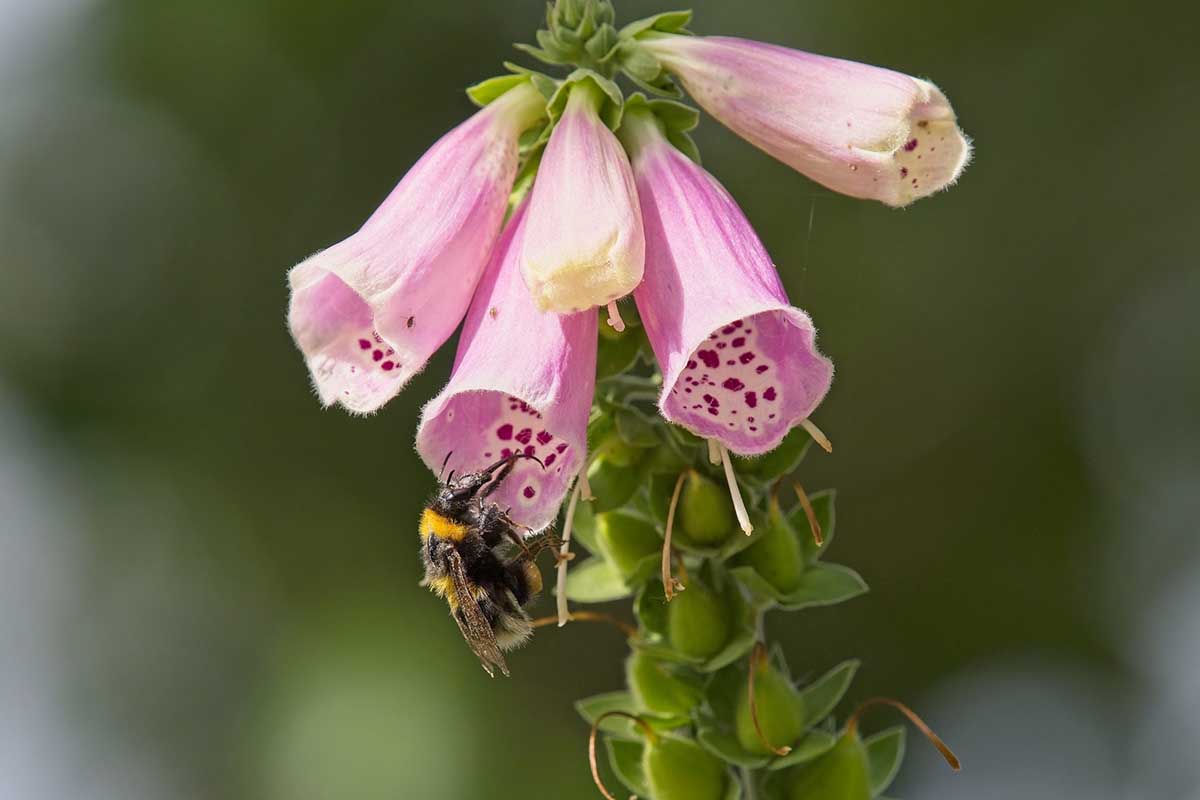
Foxgloves have complete flowers, with both male and female parts, but they rig the system.
The male part of the flower will often shed pollen before the female part is even receptive, which facilitates more cross-pollination between plants than if both were ready to go at the same time.
If you isolate one variety from others, however, most of the resulting seeds will bloom true to the parent.
Each plant can produce one to two million seeds. TWO MILLION! I told you they aren’t stingy.
This means you really only need to let one stalk dry from each bloom color you wish to keep.
The dry brown capsule-covered stalks are not as aesthetically pleasing as the flower stalks themselves, of course, so cutting the others back will keep your garden looking tidy and beautiful.
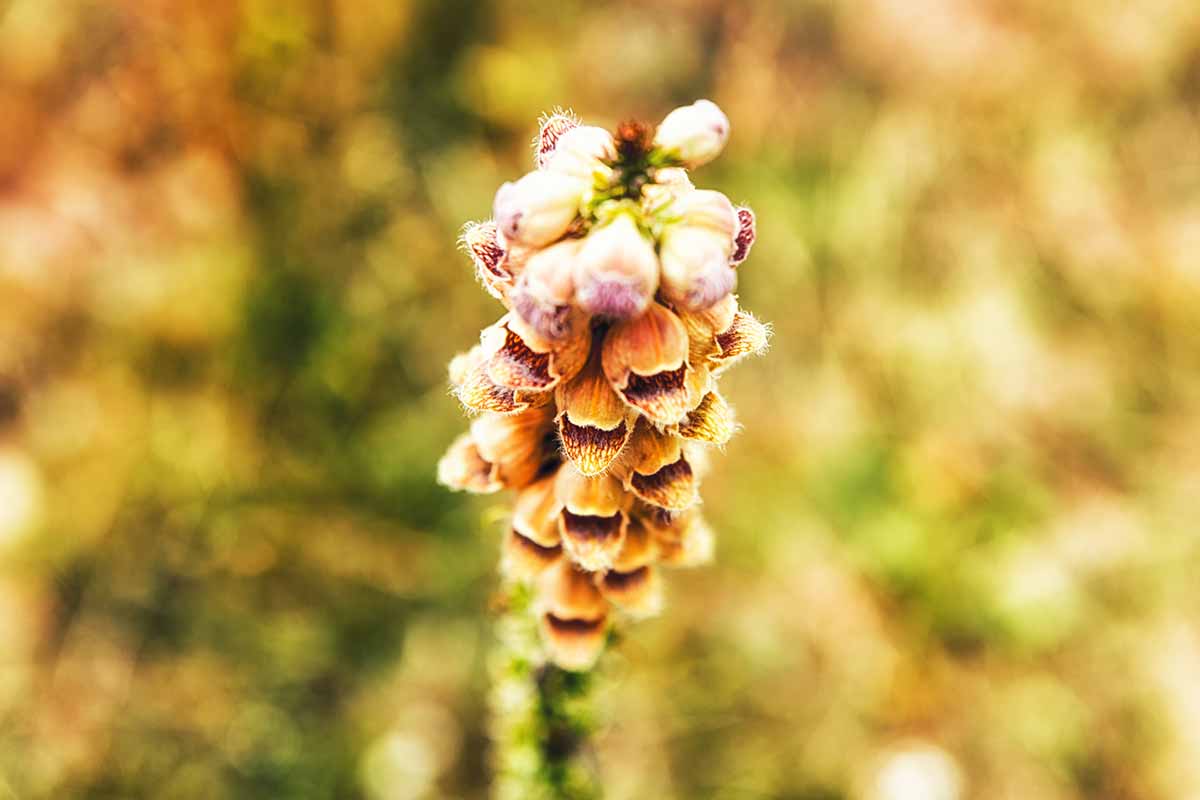
Once the capsules are dry and the contents mature, this plant easily self-sows, spilling its tiny seeds all over your garden if you let it. Because of this, they may seem like perennials, when in fact they are most often biennial plants.
However, if you want to be in control of where the future plants end up, catch the capsules before they split and spill. It’s easy to collect a lot of these tiny guys in a hurry.
Let’s talk about how to catch the seeds before they’re spread to the neighbor’s yard next!
How to Harvest Seeds
Foxgloves bloom from the bottom of the stalk upwards, with the lower flowers reaching maturity and producing seeds before the upper blossoms.
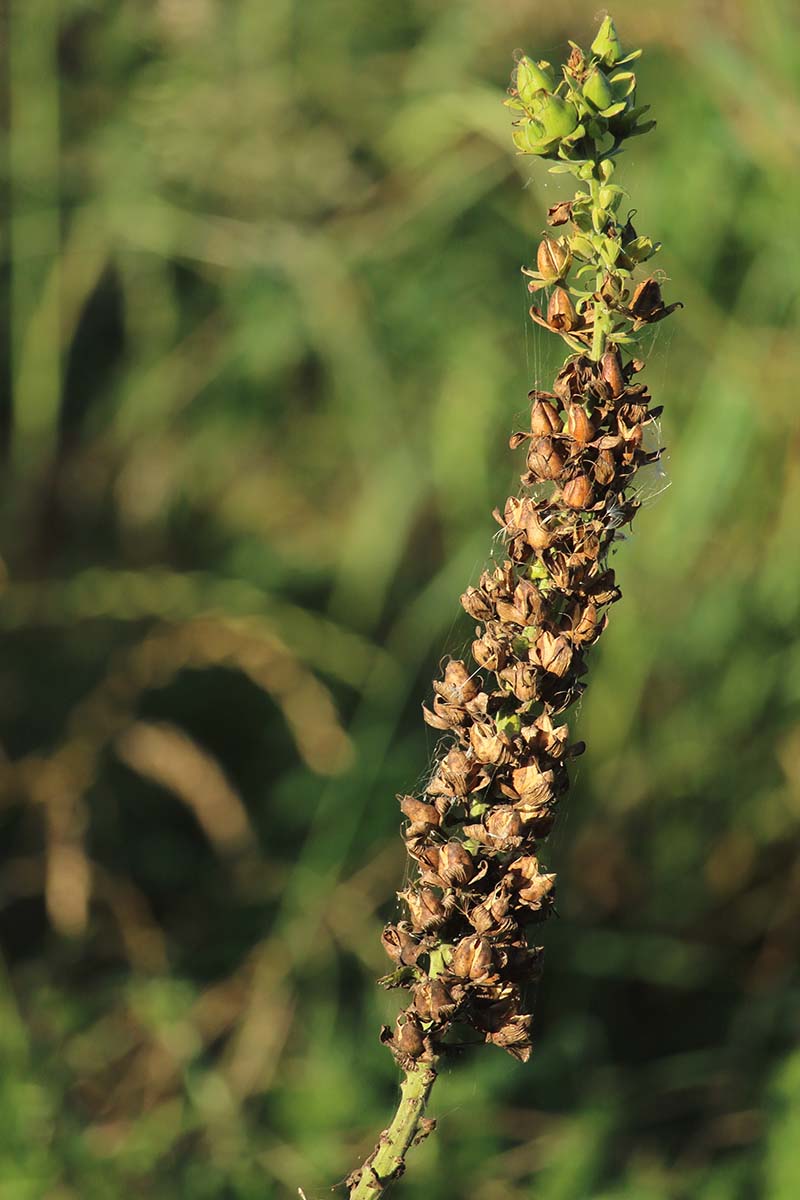
Let the seeds mature and dry for as long as possible on the plant. This will occur throughout the summer and autumn. The stalks and capsules should be faded and crispy before you harvest.
These plants produce capsules that split open once they’re mature, so if you’re worried you won’t catch them in time before they release their contents, cover each stalk with a paper bag.
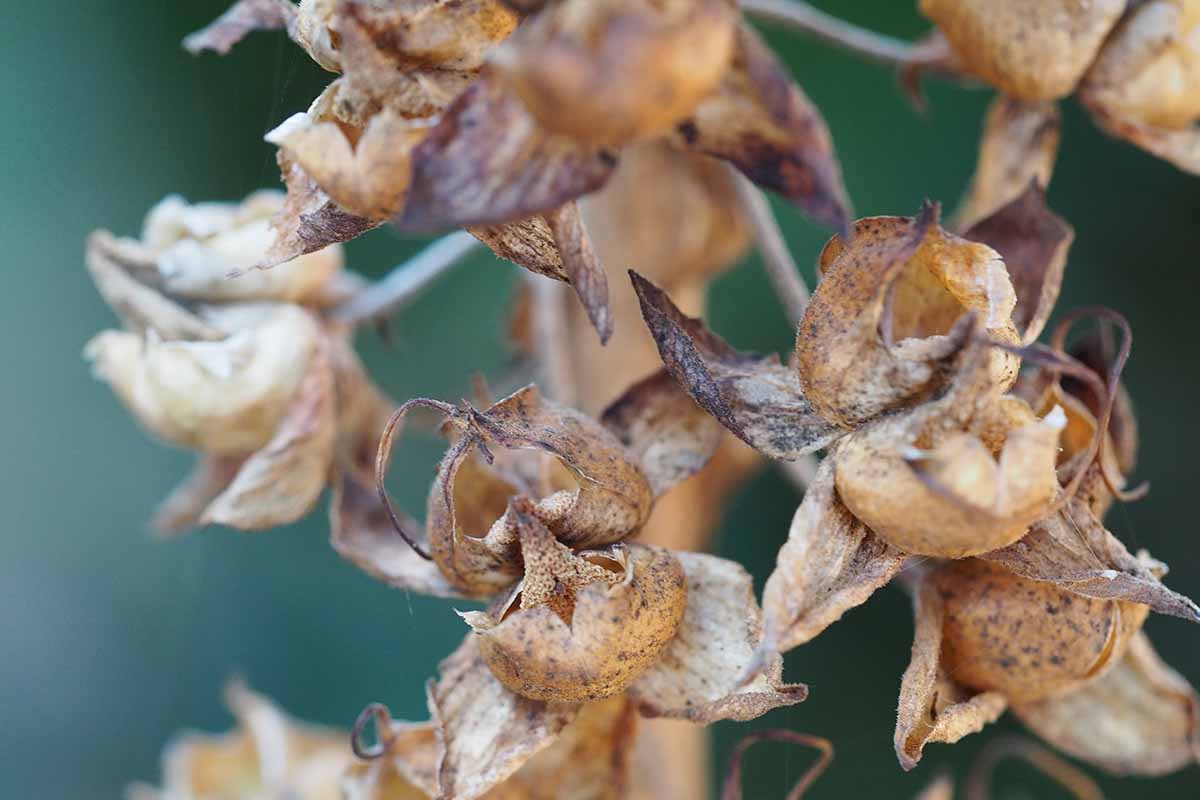
Once the stalks are dry, shake them inside the bag to remove any seed that hasn’t already fallen out of the capsules.
You can also cut the stems a bit early, when they’re mostly dry. Store each of them in a shoebox or paper bag to finish drying.
Most of the seeds will fall out on their own, but you can also crush or shake the capsules to make sure you get everything once they’re dry.
Allowing the capsules to split and spill their contents on their own ensures they’re mature and ready to be put in storage.
How to Store
Proper storage is essential in keeping the seeds viable until you sow them. After drying completely, store them in an airtight container or wax-coated paper envelope, and keep them in a cool, dark place.
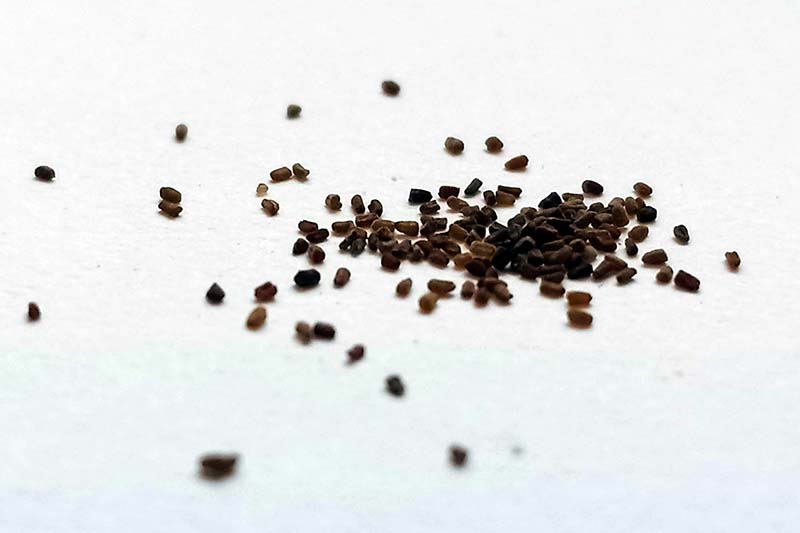
It is essential to keep them away from heat and moisture until you want them to germinate.
Label the package or jar with the plant type or species, plus the date collected.
Sow indoors early the next season, or broadcast outdoors to expand your foxglove patch.
Colorful Spires
The tall, bright flower spikes foxglove plants produce, and the pollinators they attract, are worth any extra work required to harvest and store the seeds. Fortunately, this process is simple! Once completely dry, they are easy to collect and store.
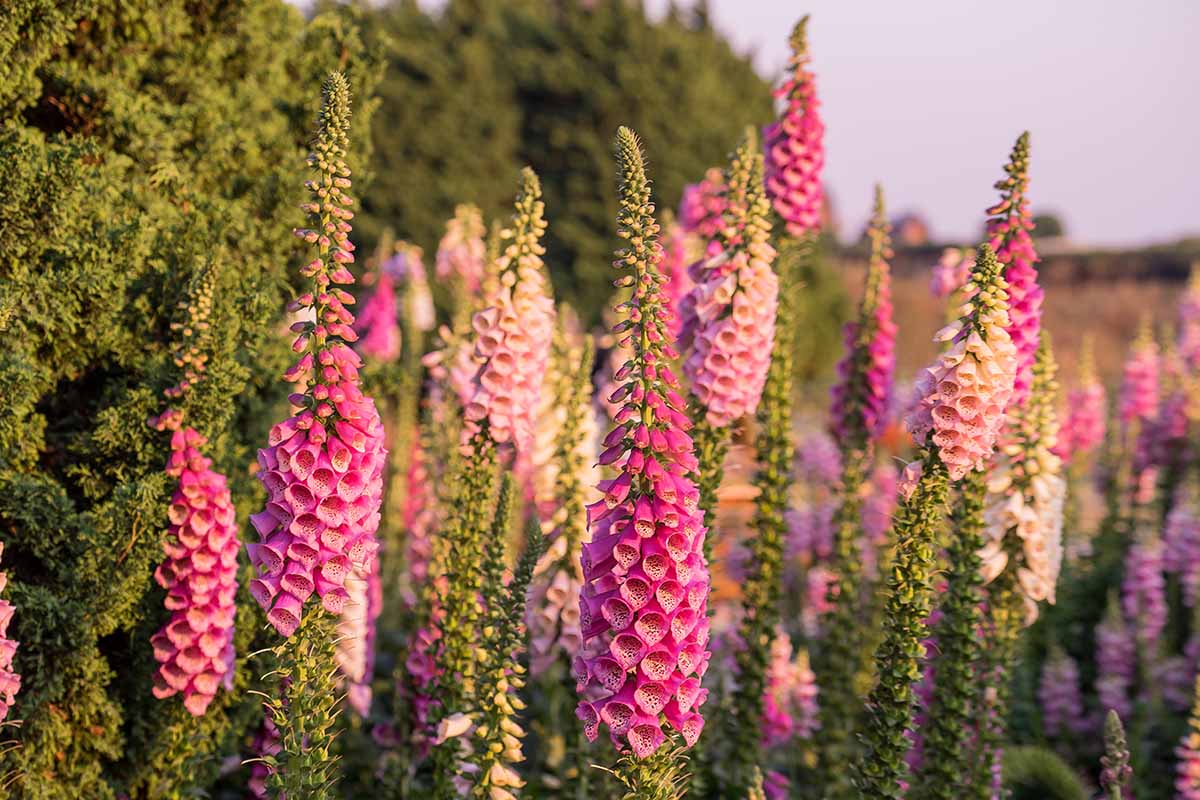
Since each plant can produce so many tiny seeds, it’s easy to end up with a lot of potential plants tucked away in your home for the winter.
Will you be saving and sharing seeds from your own plants? Let me know in the comments below if you’ve tried this before.
To help you sow and grow foxgloves in your garden, find more information in these guides:
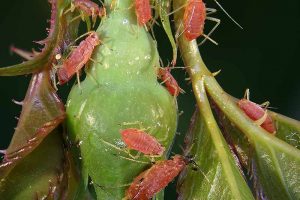
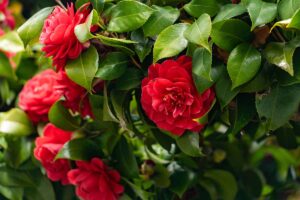

Thought the pods were empty as I was expecting bigger seeds but fortunately I saved the pods just in case and now realise they are tiny. For sowing indoors, I’m guessing good potting seed mix in a warm and sunny spot kept damp?
Yes they are very tiny, glad you saved the pods! You can sow them outdoors directly after frost, but yes, for indoor sowing start them six weeks before last frost and plant out when frost danger is past. Barely cover them with the medium, as they are quite tiny, and expect germination in two to three weeks. Check out our foxglove quide for more instructions. Good luck!